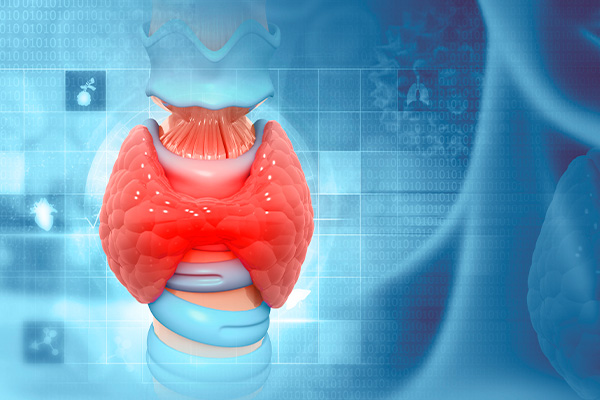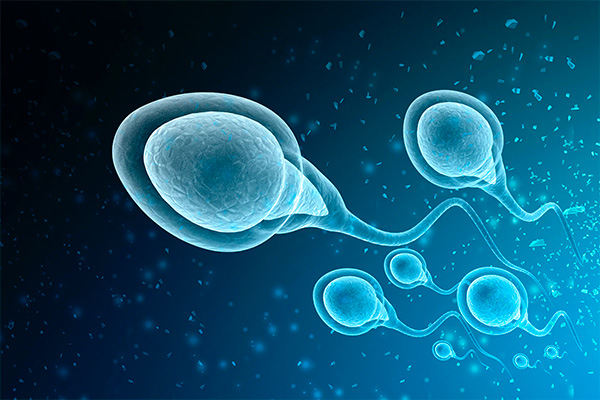It may not be as well known as vitamins D or C, but selenium may be the most underrated nutrient we need to consider for optimum health. This element plays numerous important roles in the body, though recent studies suggest that in the UK, many of us don’t obtain enough from our diet.
With adequate selenium, the body can produce ‘selenoproteins’ which are wonderfully helpful substances that have a wide range of uses in human health. Below are just some of the roles of this underrated nutrient.
Immune function

Selenium contributes to the normal working of the immune system, our intricate defence system designed to protect us from illness-causing pathogens. Some evidence demonstrates that during bacterial and viral infections, our selenium levels deplete as the body utilises it to support immunity.
Protection from oxidative stress
Selenium contributes to the protection of our cells from oxidative stress. This is the practically invisible damage done to our cells when we’re exposed to pollution, UV sunlight, and when we’re ill with an infection ( just to name a few sources).
One selenoprotein named ‘glutathione peroxidase’ is crucial for the body’s ability to fight this oxidative damage, sometimes referred to as one of the most important ‘antioxidants’ in the body.
Thyroid function 
Selenium contributes to the normal functioning of the thyroid gland, which is a butterfly-shaped gland in our necks. The thyroid regulates our endocrine (hormone) system and metabolism, influencing a range of body functions from temperature regulation to the preparation and use of energy. Selenium helps the thyroid produce key compounds whilst also helping to protect it from damage.
Hair and nails
Selenium contributes to the maintenance of normal hair and normal nails in a plethora of different ways. For example, a lack of selenium may lead to the weakening of the nails and aesthetic issues such as horizontal white lines.
Healthy sperm 
Selenium contributes to normal spermatogenesis, which means that it allows for the production of healthy sperm. Sperm cells are highly specialised cells in order to undertake their functions. If they are produced incorrectly (for example, produced with improper shape), this could contribute to male-factor infertility.
How do I get enough selenium?
Dietary sources of selenium can include meat, dairy and grains though the true content of our foods depends on the selenium content of the agricultural soil.
Selenium levels in the soil naturally vary from country to country. Areas such as Japan and (parts of) the USA may have high levels of selenium, while Europe and the UK are often selenium-poor. Research shows these levels are dropping further with climate change and agricultural practices being cited as contributors.
A recent analysis of UK statistics shows that selenium intakes in the UK are low, with 50.3% of women and 25.8% of men consuming less than the lower reference nutrient intake (LRNI), which is not enough for good health.1
Additional studies show that vegetarians/vegans are more likely to be deficient in this essential nutrient. 2, 3
When considering selenium supplementation
Selenium supplements are available in two primary forms; ‘inorganic’ (such as sodium selenite and selenate) or ‘organic’ types, such as selenium-yeast. The major difference between the two types is that the organic variant contains a wider range of beneficial seleno-compounds, important for the eventual production of selenoproteins.
Most selenium supplements are in the ‘inorganic’ form. However, scientific evidence suggests that only about 50% of an inorganic supplement actually gets absorbed by the body. Selenium-yeast, however, is shown to be much more effective, with a particular variety (SelenoPrecise) shown to have absorption as high as 88.7% 4.
References
1. National Diet and Nutrition Survey. Results from Years 7-8 (combined) of the Rolling Programme (2014/15 to 2015/16).
2. Turner-McGrievy G, Barnard N, Scialli A, Lanou A. Effects of a low-fat vegan diet and a Step II diet on macro- and micronutrient intakes in overweight postmenopausal women. Nutrition. 2004;20(9):738-746.
3. Larsson C, Johansson G. Dietary intake and nutritional status of young vegans and omnivores in Sweden. The American Journal of Clinical Nutrition. 2002;76(1):100-106.
4. Bügel S, Larsen E, Sloth J, Flytlie K, Overvad K, Steenberg Let al. Absorption, excretion, and retention of selenium from a high selenium yeast in men with a high intake of selenium.Food & Nutrition Research. 2008;52(1):1642.

